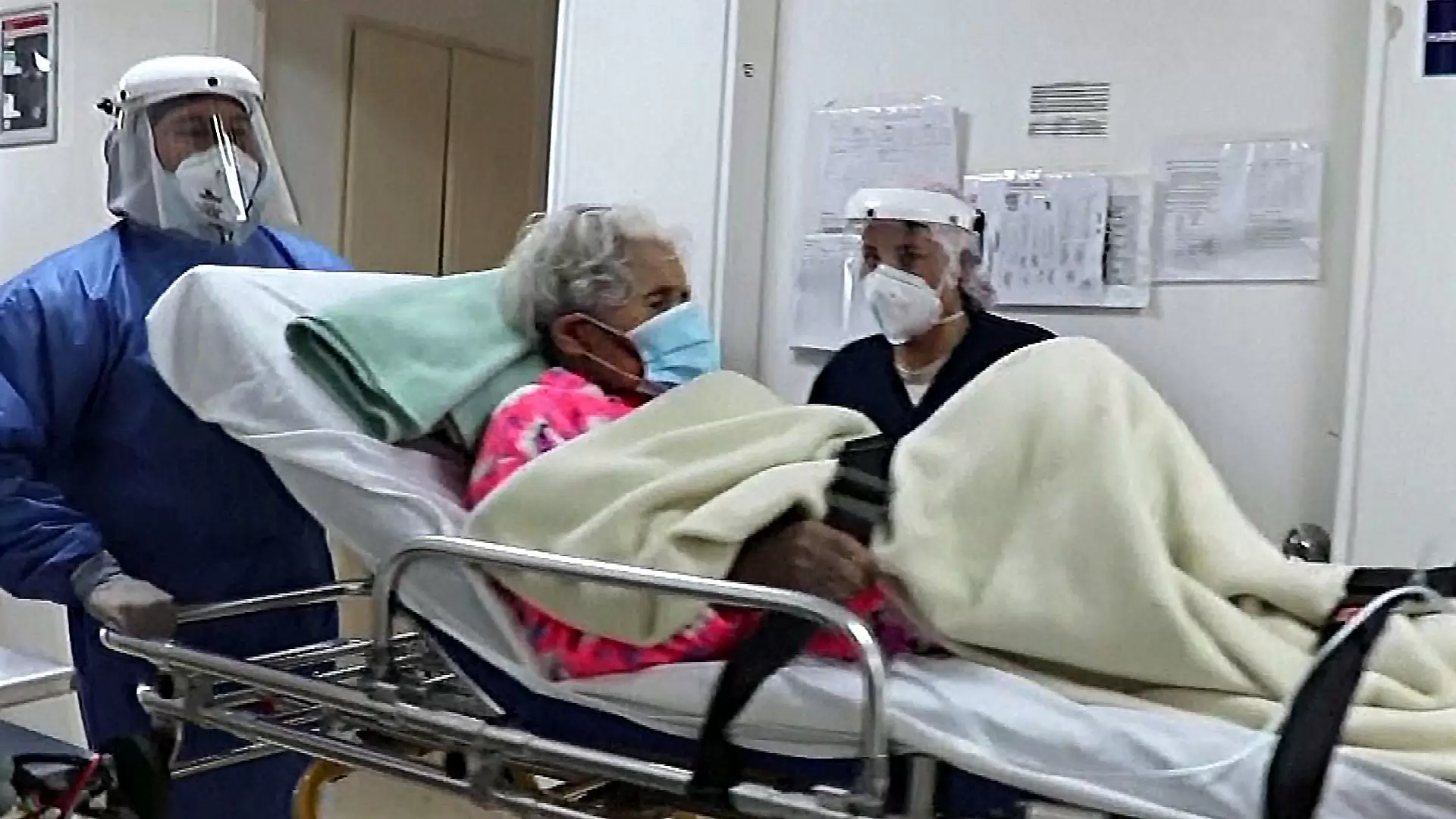The U.S. Department of Health and Human Services Office of the Inspector General recently noted that nursing homes and assisted living facilities are being closely monitored after they found that 8 in 10 residents (about 1 million) were being given psychiatric drugs which were deemed “chemical straightjacket drugs.â€Â I am, unfortunately, all too familiar with this type of behavior. I took care of my grandmother, who had Alzheimer’s disease, from the age of 92-98. When it got too stressful, I took a vacation to France and had her stay in a rehab facility for three weeks while I was away. I got a call from the rehab facility and they asked for my permission to put her in restraints because she was not being cooperative. I said absolutely not, she is just reacting to being in an unfamiliar setting. Unfortunately, facilities are understaffed and would prefer to sedate seniors instead of giving them the respect that they deserve.










